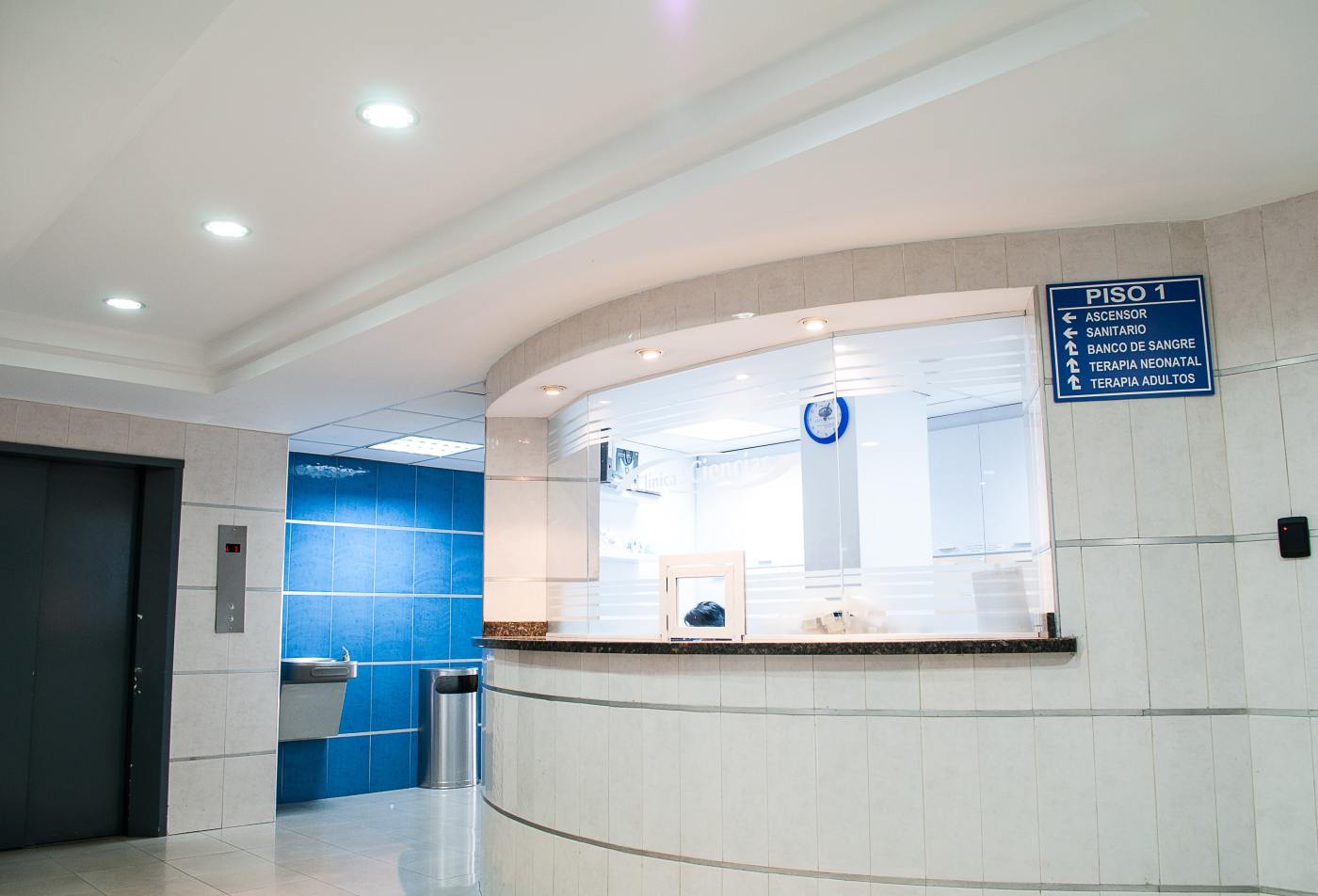In our previous intro blog we talked about a recent Cochrane systematic review on the use of patient-initiated appointment systems for managing the care of people with chronic or recurring conditions in secondary care.
This is the fourth of a series of blogs looking at PIAS from different perspectives. Each blog will provide a different perspective from that of a service user (patient), a clinical nurse specialist, a consultant, a service manager to that of a health service commissioner. These blogs aim to stimulate the conversation around the future of high quality and sustainable care management for those with long term, recurrent or chronic (and perhaps multiple) conditions.
The service manager perspective
So who are you and what do you do?

I’m Alex Bond, Team Leader & Rheumatology Secretary for University Hospitals Plymouth NHS Trust. I have worked in rheumatology for 11 years now, having first started as a NVQ fresh from school. I am a self-proclaimed technophile and nerd, spending most of my free time playing or looking at gaming and e-sports.
What is your involvement with Patient-initiated appointment systems (PIAS)?
I am involved in providing the PIAS service to our rheumatology patients, making sure their waiting lists are updated accordingly and that there are sufficient spaces available so that patients can be booked in when they need to be seen. I ensure that there are appropriate and enough appointments available for those patients suitable for PIAS.
How has PIAS affected you?
From a secretarial point of view PIAS has reduced patient complaints about waiting to be seen as their initial enquiry via our telephone/email advice lines are responded to within 24 hours and if the patient needs an appointment, they are given one within days.
Based on the way our clinical patient information system works, it does mean we have those clinic slots on hold until 1 week before, and then, if the clinic slot has not been booked by a PIAS patient, that slot is released for a patient who is not on a PIAS and under regular routine review determined by the last appointment, be this 1 month, 3 month or 6 month reviews. This does require constant review of our clinics but it is very easy to manage.
The alternative to PIAS is for regular reviews for patients. Depending on the clinical picture and how the patient is feeling, we could ask for anything from a 6 week to 6 month review. Rheumatological conditions often “wax and wane” in severity, so those who needed a 6 week appointment may not even require this, causing a waste of appointment. As we know there is no ‘one size fits all’, especially when there are thousands of patients to look after, this can cause unnecessary visits to the hospital that not only wastes hospital resource, but wastes patients’ valuable time and possibly money if they depend on work and have to pay for travel to the hospital. Using PIAS we are able to minimise the need for patients to attend hospital appointments and also how frequently they need appointments whilst still providing the same quality of care. We are also giving the patient ownership in taking responsibility for their care.
What do you see as the main advantages of the PIAS approach?
This means for our service we can review more patients in a timelier manner. We have recently moved the “safety net” appointments from 18 months to 24 months to manage the increasing volume of rheumatology patients we treat. A safety net appointment is a fixed routine appointment where a nurse will check up on the patient to see how things are. These are also done by nurse telephone appointments reducing the face to face outpatient clinic approach, saving consultant and patient time and clinic capacity. This stops patients having to make arrangements to attend appointments in person that could be easily handled over the phone and therefore not have to take time off work to attend an appointment just confirm that everything is fine.
For patients, they receive advice if that’s all that’s needed, or they receive an appointment within a few days so that their current flare up can be reviewed face to face by a clinician to ensure we provide them with the best care we can offer.
Also, if a patient is seen during the 24 month period and they do not need further care within months, this restarts their 24 month period, thereby again, not being reviewed too soon after an appointment. With increasing pressures across the Trust and increasing demand of clinic time, this has transformed the way we see our patients. The patient takes more ownership has a better control of their disease management, and the department can prioritise those who need specialist care.
What do you feel needs further development or consideration?
Continual review of which patients can be listed for this service to ensure clinical safety is maintained at all times. I also see a potential for disease measurement scoring (Disease Activity Scores (DAS), Psoriatic Arthritis Response Criteria (PsARC) and others) to be done via the internet or at home, which again empowers the patient in how their care is managed and to only attend appointments they need.
What would be your top tips for those considering using a PIAS approach?
- Be clear on the patient cohort – Due to the nature of the way this model works, you need to ensure that the cohort of patients are stable, are able to take responsibility of their care and also that the risk of harm should they not be seen by a clinician is minimal.
- Make sure PIAS is consistently advertised and patient leaflets are available explaining the process with the relevant contact information to ensure patients know how to ask for an appointment at the time they need it.
- Provide clear information on your Trust website.
- Regularly audit the effectiveness and review whether patients are being seen appropriately.
What have you learned from you experience of PIAS and what advice would you give to someone considering starting one?
Make sure you engage all relevant staff and involve patient groups for their input about the service delivery. Have clear guidance for staff about how it works, which patients might be suitable/unsuitable, ensure that the booking teams have clear instruction on how to book these patients should they need and how you know if the patients’ next appointment is for a nurse telephone clinic or consultant face to face clinic.
With many thanks to Alex for agreeing to share his experience (and his photo!).
The next blog in the ‘Perspectives on patient-initiated appointment systems’ is ‘The Health Commissioner’.
Previous blogs in the series: Introduction, The Service User, The Clinical Nurse Specialist, The Consultant.
You can also listen to two of the authors discuss the Cochrane systematic review that underpins this work on this podcast.







2 Pingback